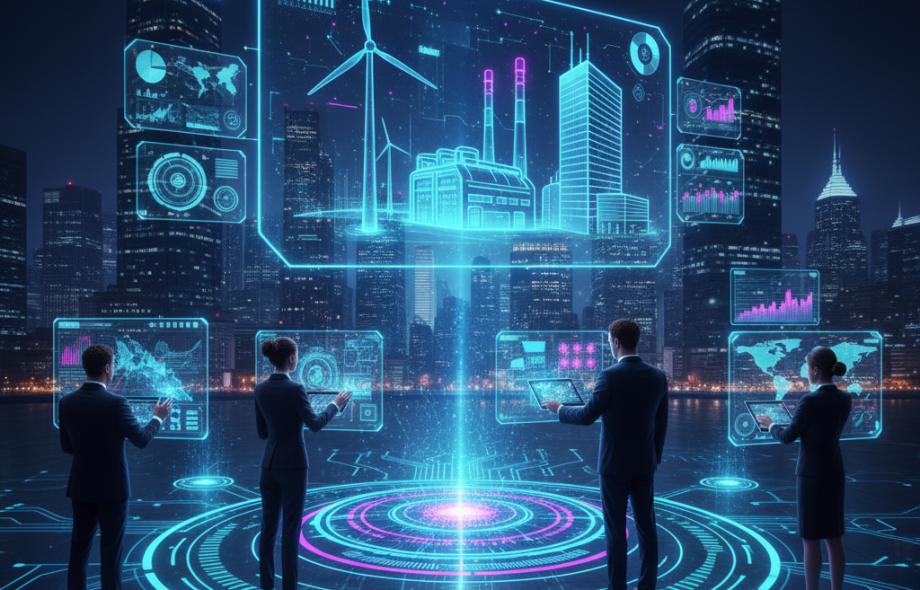Digital twins are taking the technology world by storm, revolutionizing the way we interact with data and make decisions. This innovative concept involves creating a virtual replica of a physical object, process, or system using real-time data. These digital twins provide a way to monitor, analyze, and optimize performance without the need for costly physical prototypes or trial and error. From smart cities to manufacturing plants, digital twins are transforming industries and unlocking endless possibilities for innovation.
One of the key benefits of digital twins is their ability to mirror real-world situations and provide insights that were previously unattainable. By collecting and analyzing data from sensors, IoT devices, and other sources, organizations can create a dynamic digital representation of their assets. This allows them to monitor performance, predict issues before they occur, and optimize processes in real time. For example, in the manufacturing sector, digital twins can help identify inefficiencies in production lines, reduce downtime, and improve overall productivity.
Furthermore, digital twins are not limited to physical assets alone. They can also be applied to complex systems such as transportation networks, healthcare facilities, and even entire cities. By creating a digital twin of a city, urban planners can simulate different scenarios, analyze how changes in infrastructure or policies may impact residents, and make informed decisions to improve quality of life. This technology is increasingly being used to model traffic flow, energy consumption, and emergency response scenarios to create more sustainable and resilient urban environments.
In addition to their practical applications, digital twins are also fueling advancements in emerging technologies such as artificial intelligence, machine learning, and predictive analytics. By combining data from multiple sources and leveraging advanced algorithms, organizations can uncover hidden patterns, gain new insights, and make data-driven decisions with confidence. This is particularly valuable in industries such as healthcare, where digital twins can be used to personalize treatment plans, optimize patient care, and improve outcomes.
As the demand for digital twins continues to grow, so does the need for robust cybersecurity measures to protect sensitive data and ensure the integrity of these virtual replicas. Organizations must implement secure data storage, encryption, and access controls to prevent unauthorized access and safeguard against potential threats. By prioritizing cybersecurity, businesses can harness the full potential of digital twins while maintaining the trust of their stakeholders and customers.
In conclusion, the rise of digital twins marks a transformative shift in the way we approach technology and data. By creating virtual replicas that mirror real-world assets and processes, organizations can gain valuable insights, optimize performance, and drive innovation across industries. As businesses continue to adopt and leverage this technology, the possibilities are endless for creating smarter, more efficient, and sustainable solutions for the future.
 :
https://www.pinterest.com/xceltec0192/
:
https://www.pinterest.com/xceltec0192/

